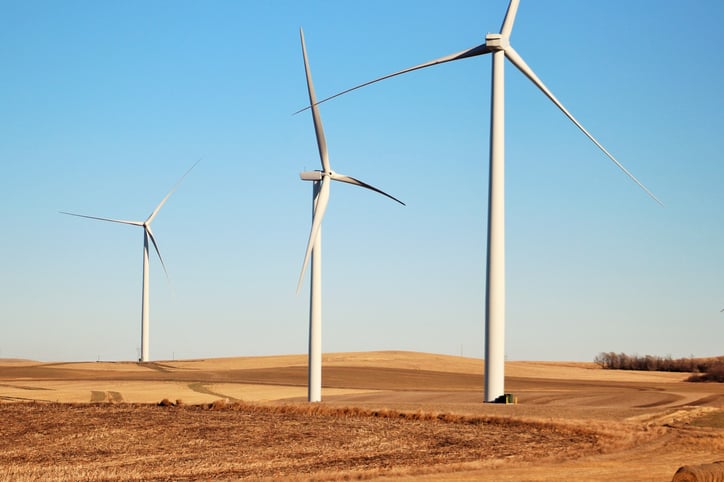Southwest Power Pool Inc. (SPP), touting a new wind penetration record of 52.1%, says it has become the first regional transmission organization (RTO) in North America to serve more than 50% of its load at a given time with wind energy.
SPP says the milestone took place at 4:30 a.m. on Feb. 12. According to the organization, this number beats a previous North American RTO record of 49.2%, which SPP set on April 24, 2016. (Note: Wind penetration is a measure of the amount of total load served by wind at a given time.)
Little Rock, Ark.-based SPP manages the electric grid and wholesale energy market for the central U.S. As an RTO, the nonprofit corporation is mandated by the Federal Energy Regulatory Commission. SPP and its group of member companies coordinate the flow of electricity across 60,000 miles of high-voltage transmission lines spanning 14 states.
The RTO notes that the proliferation of wind power in the SPP region has grown significantly over the last decade. As recently as the early 2000s, SPP’s generating fleet included less than 400 MW of wind, and for years, wind was reported in the “other” category in SPP’s fuel mix data. Now, wind is now the third most prevalent fuel source in the SPP region: It made up approximately 15% of the organization’s generating capacity in 2016 (behind only natural gas and coal).
SPP adds that its maximum simultaneous wind generation peak rose from 9,948 MW in 2015 to 12,336 MW in early 2016.
“Ten years ago, we thought hitting even a 25 percent wind penetration level would be extremely challenging, and any more than that would pose serious threats to reliability,” comments Bruce Rew, SPP’s vice president of operations. “Since then, we’ve gained experience and implemented new policies and procedures. Now, we have the ability to reliably manage greater than 50 percent wind penetration.
“It’s not even our ceiling,” he says. “We continue to study even higher levels of renewable, variable generation as part of our plans to maintain a reliable and economic grid of the future.”
The successful deployment of wind and other renewables in SPP is made possible because of geographic diversity and a robust transmission system, the RTO says.
“We’re able to manage wind generation more effectively than other, smaller systems can because we’ve got a huge pool of resources to draw from,” Rew adds. “With a footprint as broad as ours, even if the wind stops blowing in the upper Great Plains, we can deploy resources waiting in the Midwest and Southwest to make up any sudden deficits.”
SPP says it has approved the construction of more than $10 billion in high-voltage transmission infrastructure over the last decade. Much of it has been built in the Midwest to connect rural, isolated wind farms to population centers hundreds of miles away.




